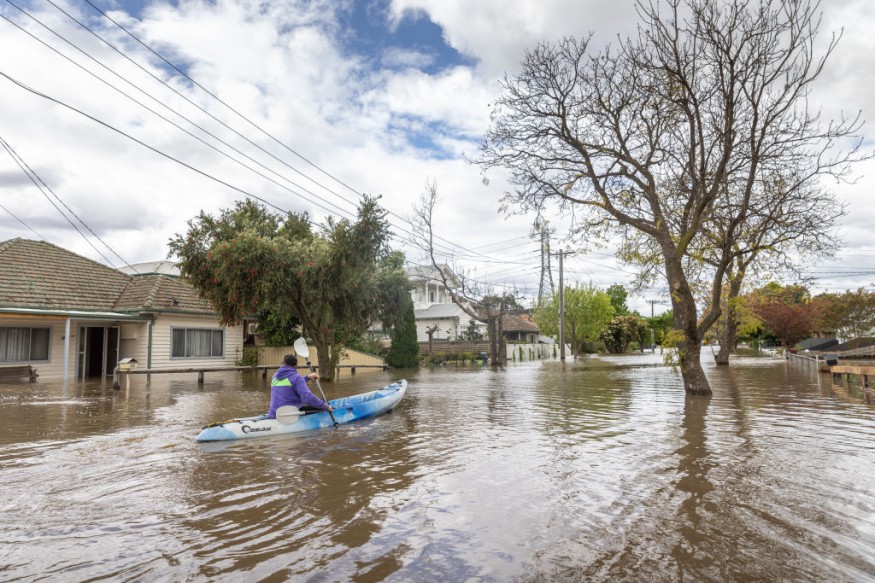Extreme weather events like massive flooding and heavy rain have struck Australia this year, resulting in widespread evacuations, displacements, and infrastructural damage.
One of the most notable incidents occurred in Eastern Australia during the first quarter of 2022, when Queensland and New South Wales, as well as their surrounding regions suffered from unprecedented floodwaters.
Now, Australian weather authorities have released a new report, suggesting there have been changes in the weather and climate in the country.
These changes could also be linked with the torrential rain and floodwaters that the Australian region experienced in October.
This is in addition to the frequently-blamed La Nina weather phenomenon, which Australian meteorologists attribute to be the cause of the rainfall.
State of the Climate Report 2022

Australia's Commonwealth Scientific and Industrial Research Organization (CSIRO) and the Bureau of Meteorology (BoM) released the said report entitled "State of the Climate Report 2022."
They found the changes to weather and climate extremes occurring at an increased rate across Australia, resulting in extreme heat events, intense heavy rainfall, longer fire seasons, and sea level rise.
The report, which is released every two years, reflects the latest climate monitoring, science, and projection information to show Australia's changing climate currently and into the future, according to the BoM on Wednesday, November 23.
CSIRO Climate Science Centre Director, Dr. Jaci Brown, stated that concentrations of greenhouse gases, including carbon dioxide, are at the highest levels seen on Earth for the first time in at least 2 million years, as cited by the Australian weather agency.
Furthermore, the concentrations of climate-damaging gases continue to rise in the atmosphere, resulting in climate warming, Dr. Brown adds.
Also Read: Australia Fears Disasters Due to Climate Change May Result in Billions of Casualties and Damages
Extreme Weather Events
BoM Climate Environmental Prediction Services Manager, Dr. Karl Braganza, said the report predicted increases in air temperatures, additional heat extremes, and fewer cold extremes in the coming decades.
The said temperatures could lead to extreme weather events, which pertain to the occurrence of typical natural phenomenon like rainfall and wildfires but at an intensified rate.
The significant weather and climatic changes in Australia were due to the significant average atmospheric warming by 1.47 degrees Celsius since recordings started in 1910.
Meanwhile, sea surface temperatures increased by an average of 1.05 degrees Celsius since 1900.
The land and sea temperature led to an increased frequency of extreme heat events above land and sea.
Australian Wildfires
In addition to the 2022 Eastern Australia floods, one of the manifestations of these extreme heat events occurred from late 2019 to 2020 which will be known as the historic "2020 Australian Bushfire Crisis" or "2020 Australian wildfires."
A study in 2021 revealed that Australia's recent devastating wildfires released smoke into the Earth's atmosphere, wherein its researchers compare it to be powerful as a volcanic eruption, as cited by CNN.
The 2020 wildfires burnt a total land area of 19 million hectares, with 12.6 million hectares mainly consisting of forest areas and bushland, killing 33 people and destroying around 3,094 homes, according to the World Wildlife Fund (WWF).
Related Article: Climate Change: Australia's Environment Faces a Deteriorating State
© 2025 NatureWorldNews.com All rights reserved. Do not reproduce without permission.

